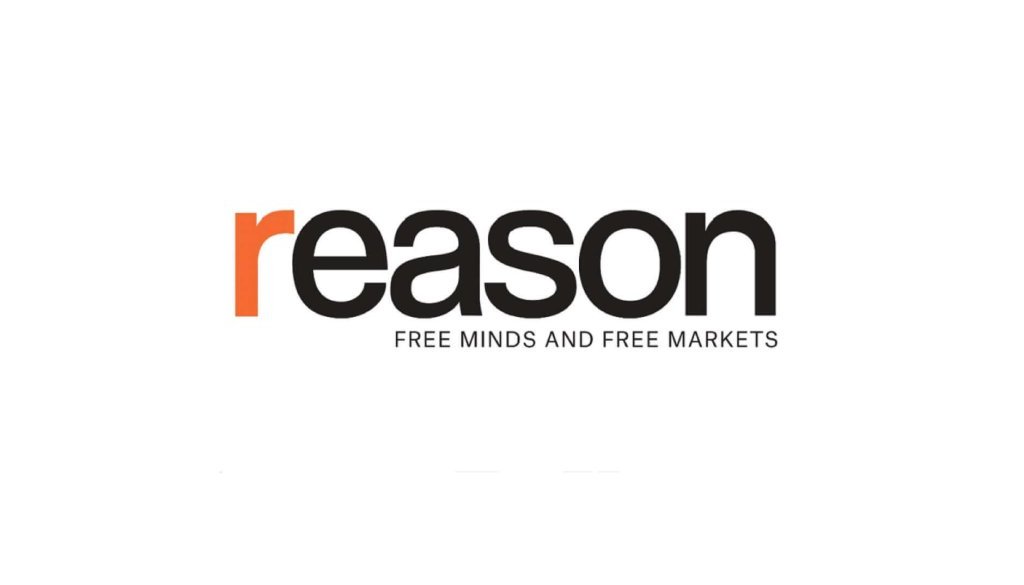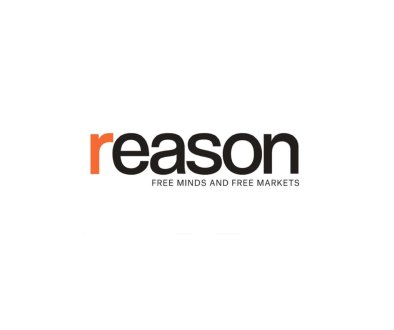It’s Time for a Flat Tax
Despite what many believe, the United States is a place where the highest earners—depending on their state of residence—can face Sweden-like levels of taxation, while the lowest earners have effectively no tax liability at all. Income tax brackets have been ratcheting more progressive over time, as successive administrations have lowered bottom rates while keeping top rates more or less the same. A case could be made for the poor to pay more and the rich to pay less.
Obviously, that is going to go down like a lead balloon. Liberals will squeal if the rich are permitted to pay less, and everyone will squeal if the poor are made to pay more. For the first time since Steve Forbes in the 1990s, there are real discussions about flattening the tax code. In the tax law passed during Ronald Reagan’s second term, there were only two tax brackets: one at 16 percent and one at 28 percent—the flattest tax rates have been since the income tax was instituted in 1913. It is worth pointing out that the economy grew strongly in the ensuing years, and tax revenue actually rose as the tax code was greatly simplified and loophole deductions and credits were phased out.
President Donald Trump’s Treasury Secretary Scott Bessent has not yet turned his attention to taxes—aside fr
Article from Reason.com

The Reason Magazine website is a go-to destination for libertarians seeking cogent analysis, investigative reporting, and thought-provoking commentary. Championing the principles of individual freedom, limited government, and free markets, the site offers a diverse range of articles, videos, and podcasts that challenge conventional wisdom and advocate for libertarian solutions. Whether you’re interested in politics, culture, or technology, Reason provides a unique lens that prioritizes liberty and rational discourse. It’s an essential resource for those who value critical thinking and nuanced debate in the pursuit of a freer society.




